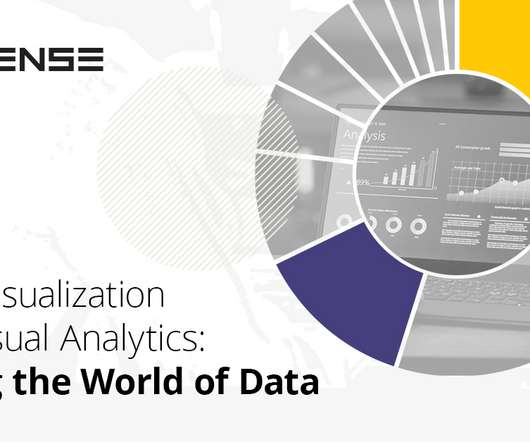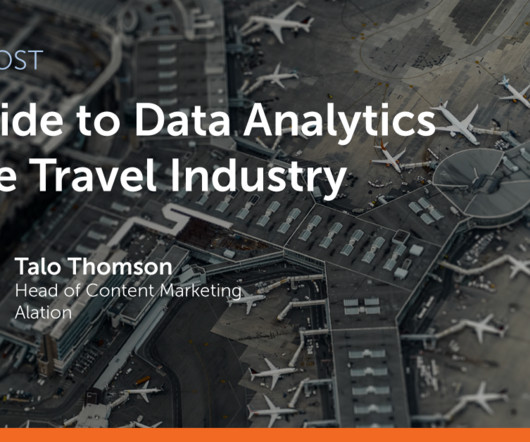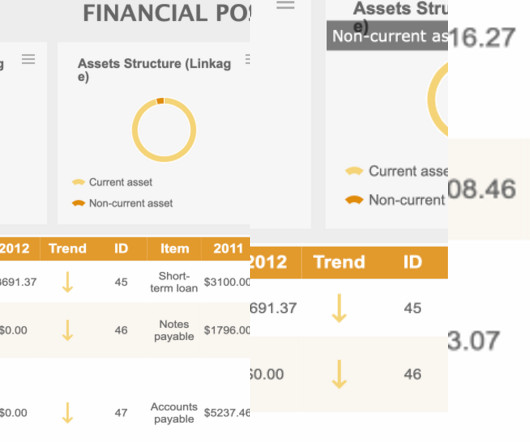Data Visualization and Visual Analytics: Seeing the World of Data
Sisense
JUNE 30, 2020
Broadly, there are three types of analytics: descriptive , prescriptive , and predictive. The simplest type, descriptive analytics , describes something that has already happened and suggests its root causes. This data is gathered into either on-premises servers or increasingly into cloud data warehouses and data lakes.













Let's personalize your content